Ruscus and the nuances of its cultivation
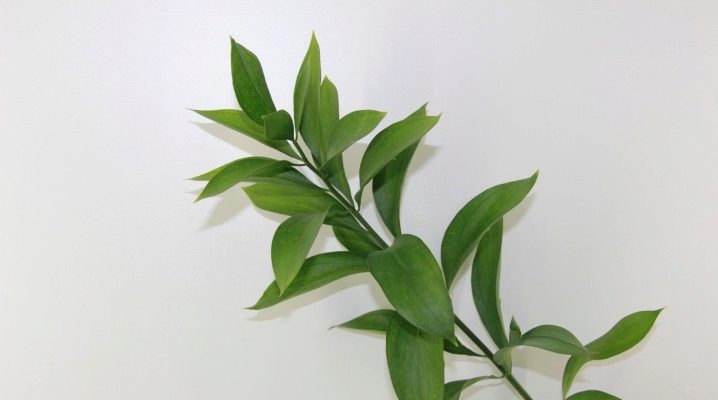
Ruscus (butcher, mouse thorn) is a useful ornamental plant. It can decorate any home. In addition, vegetation has many medicinal properties. Today we will talk about the main features of Ruscus, the rules for planting and growing it.

Description
Ruscus is an evergreen perennial shrub that belongs to the asparagus family. Its height varies from 30 to 60 centimeters. His rhizome is creeping superficial. Shoots are covered with a crust of dark green color.
Longitudinal pronounced grooves can be observed on the shoots. The leaves are ovoid, they are quite dense.
The foliage has practically no petioles; small thorns can be seen at the ends of the leaf blades.

Flower buds are formed from leaves, they rise on small pedicels. Flowering occurs in April and May. The flowers are small purple or white corollas.
Ruscus is a dioecious indoor crop, so it can only reproduce by cross-pollination. When pollinated, a huge number of small beautiful berries of bright red color will appear on the bushes.
But ripe fruits are considered only a decoration, since they are poisonous and unusable. Each fleshy and dense berry has 1 or 2 seeds inside.
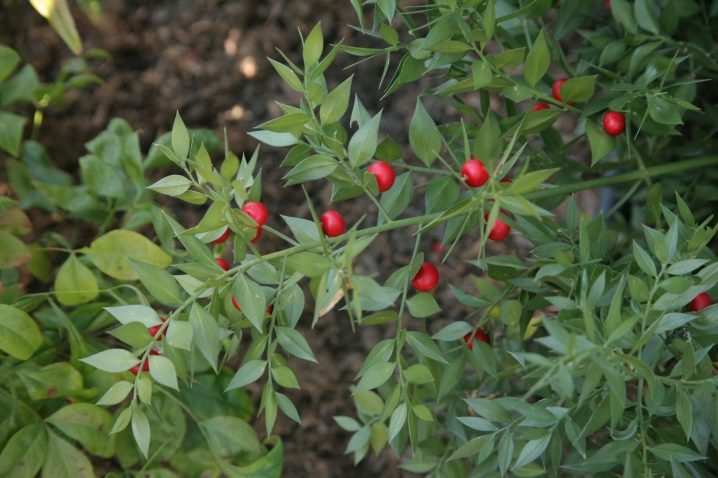
Views
Nowadays, there is a wide variety of butcher's species.
-
Pontic (prickly, ruscus akuleatus). This species grows in the Mediterranean, Crimea and Caucasian territories. Gray-green bushes have an erect stem. The branches on it are even, slightly deflected. The height of this ruscus is no more than 100 centimeters. The leaves of the plant are long and narrow, their shape is subulate. On the leaf blades, one can see lateral and medium pronounced veins no more than 3 cm long. The flowers are small, violet-green in color. They are located at the bottom of the ruscus. The fruits are small berries of deep red color. The flowering period is from September to January. Pontic butcher can bloom only in the tenth year of life.
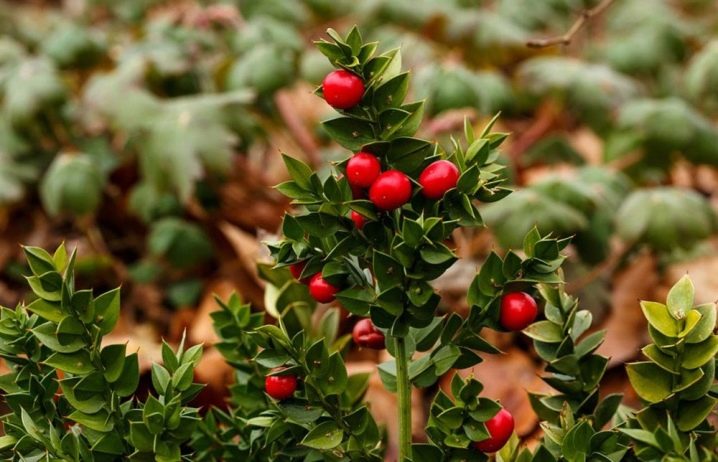
- Sublingual (Israeli rough). This species is widespread in the Crimea, Northern Europe, and the Mediterranean. Most often, vegetation can be found in shady and humid forests, as well as on damp slopes. The hyoid butcher is a perennial herb with a height of 30-40 centimeters. Her leaves are dark green, slightly pointed. Their length does not exceed 6-7 cm, width - 3-4 cm. Flowers are green. The fruits are bright red. The plant blooms from April to May.
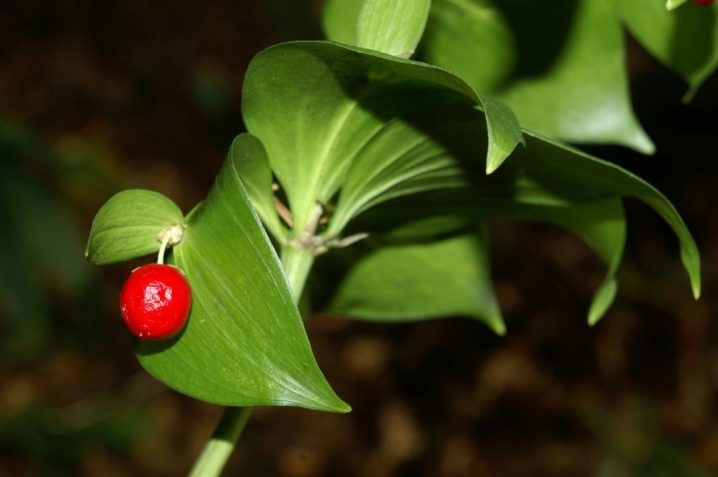
- Colchis. This Ruscus has the appearance of a spreading bush, consisting of many flexible shoots no more than 50-55 cm long. Leathery leaves are colored dark green. During the flowering period, the plant is completely covered with small buds with lanceolate bracts. The Colchis variety blooms from October to January.
It is worth noting that berries of this type can be eaten, they are not poisonous.
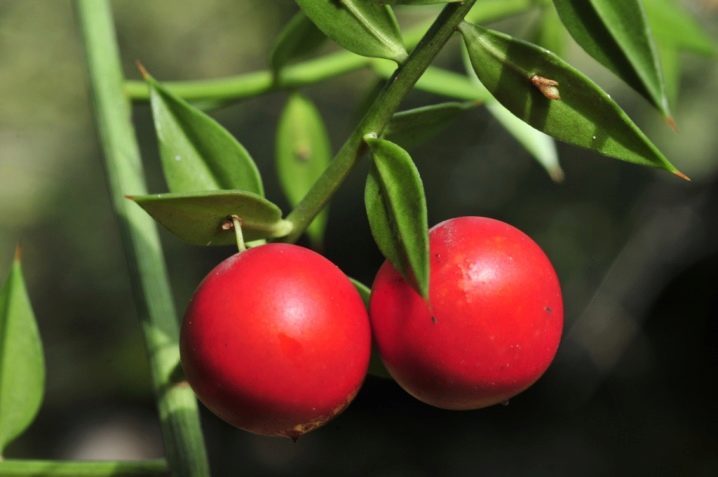
- Italian (subleaf, hypophyllum). This species has straight, long shoots. The foliage of the plant is of a beautiful emerald hue, the shape of the leaf plates is oblong. The height of an adult bush reaches 45-50 cm. Small flowers open on the plant only by the end of the winter season. They are colored white or pale blue. This plant looks very decorative.
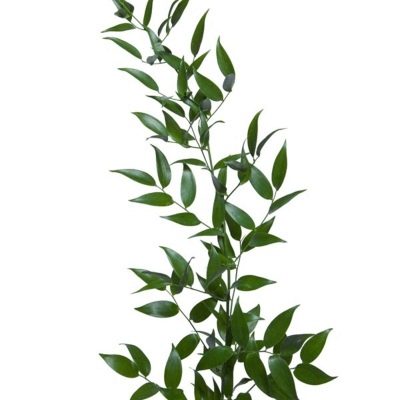
- Hyrcanian. This perennial butcher reaches a height of 25-40 cm.It has a grooved stem. The branches on the plant form a whorl. The leaves are rich green in color, they can be ovoid, elongated, or the usual lanceolate. Flowers are collected in inflorescences, but sometimes single specimens can be seen. The species blooms in mid-spring, and bears fruit in September and October.
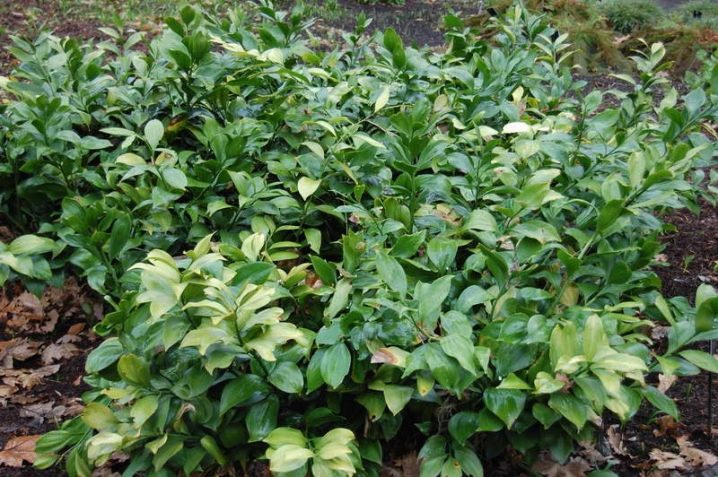
Landing
We will analyze how to properly plant indoor ruscus. First, you need to find the right space. The best option would be a place with diffused but bright lighting. At the same time, the rays of the sun should not fall on the vegetation. Butchery will also be able to thrive in shaded rooms.
Indoor temperature in summer should be at least 17-18 degrees, and in winter - at least 12-14 degrees.
In advance, you should prepare containers for planting and a substrate. Simple flower pots are suitable for ruscus, they should be medium in size so that the plant can grow freely.
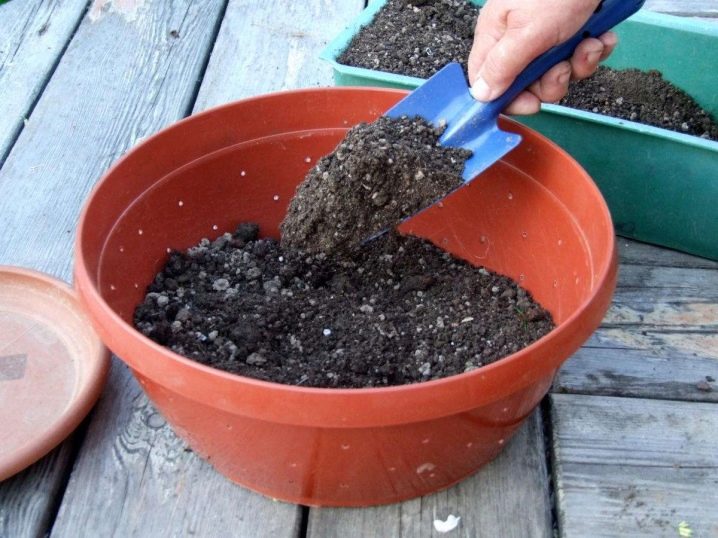
Almost any soil is suitable for butcher's broom. But it is important that it is breathable and permeable to water. Too greasy and dense soils should not be used. The easiest way is to buy a ready-made soil mixture at a garden store. If you decide to cook it yourself, then you need to mix sand, leafy and turf soil. A drainage layer must be laid at the bottom of each pot, it will prevent the appearance of stagnant water after watering.
Then the soil mixture is poured into the container. Seeds are spread in the ground. They are best purchased at a trusted garden store.
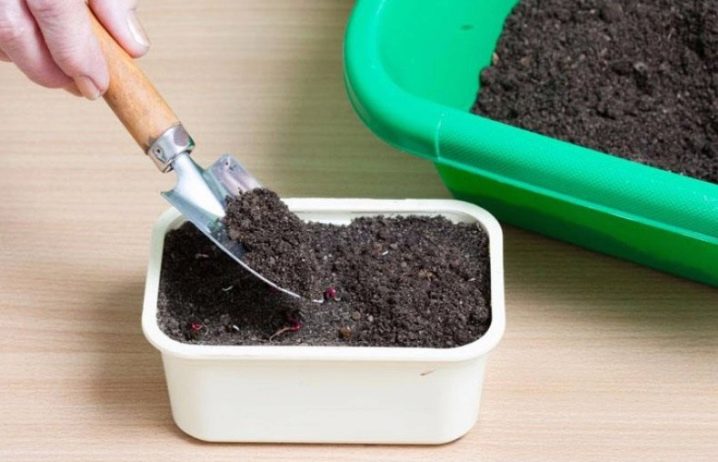
As a rule, store seeds have already been processed and are completely ready for planting. The seeds are carefully laid out on the surface of the soil, and then slightly deepened. After planting, the earth must be moistened.
Care
To grow a beautiful ruscus at home, you need to properly care for it.
Conditions
Butchery should grow indoors at room temperature. In summer, pots with such plants are recommended to be taken out for a short while outdoors. It is important to maintain optimum air humidity, although Ruscus can adapt to room humidity. In this case, regular spraying will do.
The plant should also be bathed periodically under a warm shower in hot weather. In this case, the container is closed with a bag.

It is best to grow broomsticks on the southern windowsills. It is recommended to use special lighting during the winter season.
Top dressing
Mineral complex fertilizers should be applied every month from April to October. In winter, you do not need to use fertilizers.
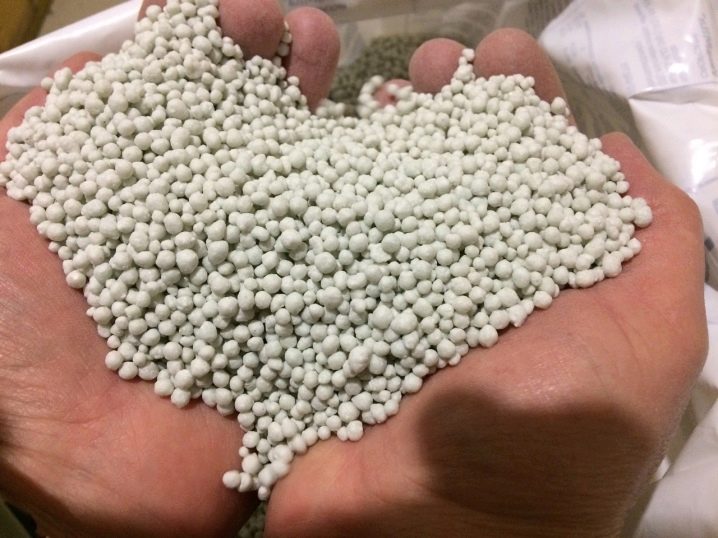
Watering
Butcher's need to be watered sparingly. The primer should dry 3-4 centimeters between treatments. When new leaves are formed, the amount of watering is increased. In the spring, the plant will also require more fluid, because this season is the most active growth. After fruiting, flowering watering is gradually reduced to prepare the vegetation for the dormant period.
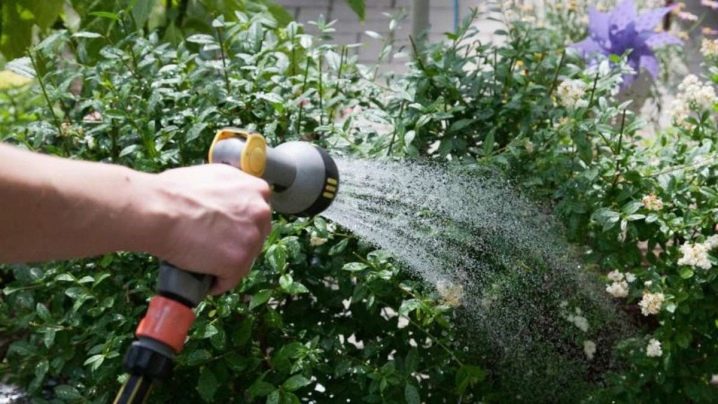
Pruning
Plant pruning is carried out only as needed. In any case, it is necessary to remove all damaged and dried parts in a timely manner.
Cutting should be done with a sharpened garden knife. Before proceeding with the procedure, the instrument must be treated with potassium permanganate or alcohol. All cuts are immediately treated with wood ash. Otherwise, damage by harmful fungi may occur.
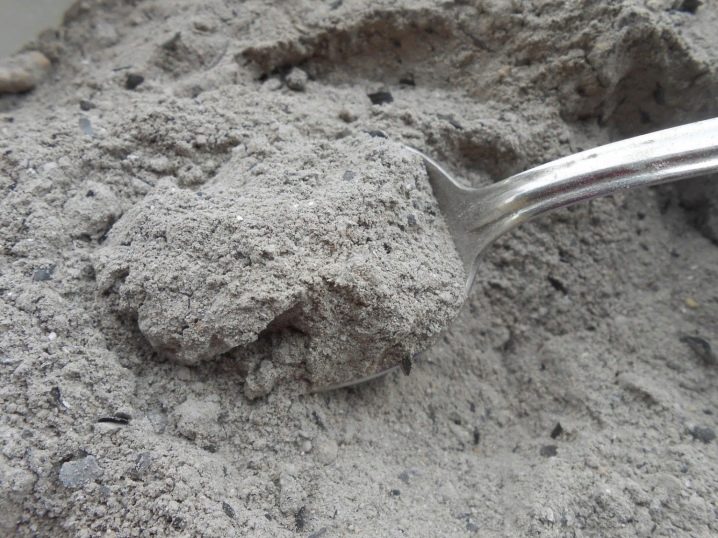
Transfer
If necessary, the bush can be transplanted in the spring. When transplanted into a larger pot, lateral shoots will begin to appear on the plants, while the bush becomes as lush as possible. Deep capacity is not required, since the root system grows only in width.
The bush plant is carefully removed from the old pot. The earth is cleaned off from it, the dried roots are immediately removed. At the same time, a soil mixture is prepared, for this, leaf and sod soil are mixed.
At the bottom of each new pot, good drainage is laid, and then the soil mixture made. The bushes are installed evenly in an upright position in prepared containers. On the sides, they are gradually covered with earth.
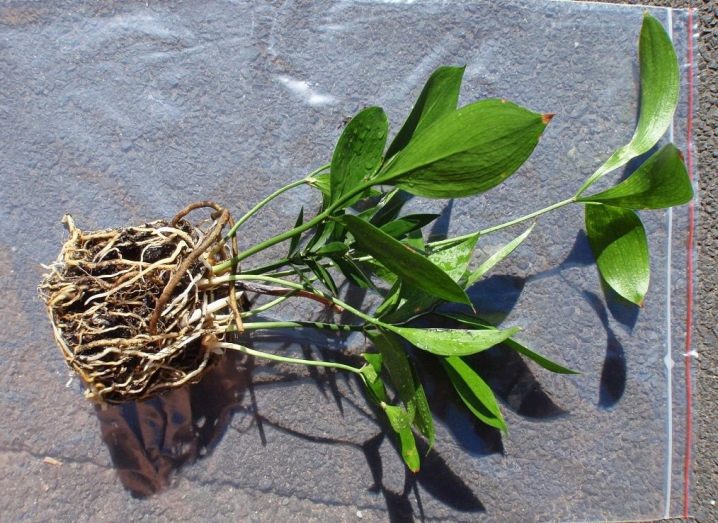
Remember that the root collar can only be slightly deepened by 1-2 cm. After the procedure, the vegetation is watered. At the same time, water stagnation should not be allowed. The liquid from the pallets must be drained. Butchery tolerates transplanting relatively easily, therefore, soon after the procedure, active growth of the plant can already be observed.
Reproduction
Ruscus can be easily propagated with a twig from a bouquet. To do this, perform the following steps.
-
First, cuttings are cut, their length should be 10-13 centimeters. Moreover, the lower cut must be made oblique, and the upper one - even.
-
Then the cut branches are placed in the Kornevin solution for several hours.
-
After a while, the branches are planted in a pot filled with soil with nutritious fertilizers. It is important that there is a good drainage layer at the bottom of each container.
-
After that, the pots with twigs are placed on pallets. The cuttings are also covered with glass jars.
-
The vegetation is watered twice a week through a tray. Remember not to be exposed to direct sunlight. The cuttings should root well.
-
When new shoots appear near the base of the cuttings, the glass jars are removed.

And also the plant is propagated by seeds. This method is considered the simplest and most common. It was described earlier.
Ruscus can also be propagated by division. In this case, an adult healthy bush is taken, it is carefully removed from the ground. The soil is washed off the root system, all old and damaged shoots are immediately removed. Then it is cut into several parts with a garden knife.
After that, each part obtained is planted in a separate pot with a new substrate. After planting, the vegetation is looked after in the same way as an adult bush.
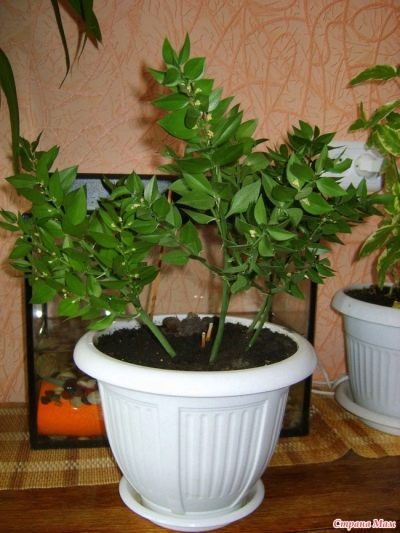
Diseases and pests
Butcher's broom can be affected by various harmful insects. Often a spider mite settles on it. At the same time, a thin gray web and small dots of white color appear on the plants. Over time, the foliage begins to dry out and curl.
To get rid of spider mites, you can make a simple garlic tincture. To do this, take two heads of garlic, chop them, place them in an airtight container and pour one liter of water. In this form, everything is left for 5-6 days. Immediately before use, the finished tincture is diluted with water in a 1: 1 ratio.
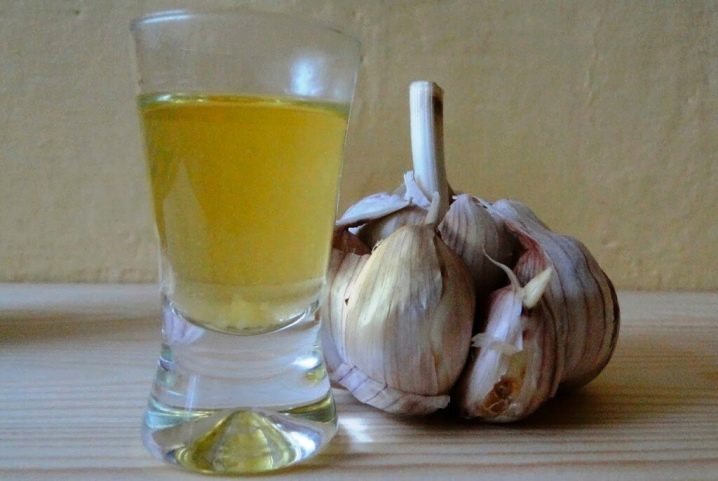
And you can also simply wipe the affected vegetation with alcohol, and then treat the entire aerial part with biological preparations. An excellent option would be Fitoverm.
Thrips can also settle on such a plant. When they appear on the ruscus, light dots and spots of different sizes will appear. The top will acquire a brown color with a slight silvery sheen. Over time, the leaf blades will begin to dry out and curl upward.
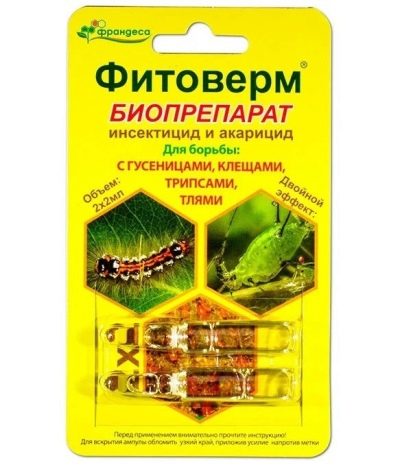
To destroy thrips, insecticide treatment should be carried out. Moreover, such procedures are performed three times with an interval of 10-12 days.
Mealybugs can also attack vegetation. The parasite quickly sucks out all the juices from the butcher, as a result, the growth and development of Ruscus is greatly slowed down. In addition, a black bloom will begin to form on the surface of the bushes, and special sugary secretions may appear.
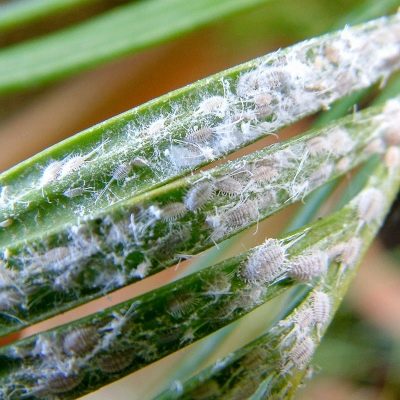
To get rid of the mealybug, all the damaged parts are first removed, then treatment is carried out with preparations ("Actellik", "Inta-Vir", "Tsvetofos"). You can also simply spray the affected plants with a solution of alcohol and crushed laundry soap. To prepare such a composition, you need to pour 1 liter of heated water into a clean container. Add 1 tablespoon of vodka and 2 tablespoons of pure alcohol there. Then a little crushed soap is poured there. The finished composition is mixed well.Processing with such a solution is carried out 3-4 times.
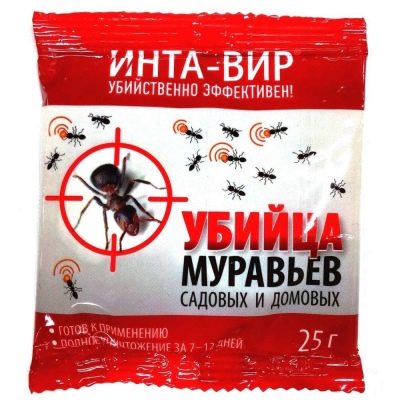
Sometimes scale insects also appear on the Ruskus. In this case, a sticky liquid, spots of red, yellow and brown colors are formed on the leaves. For pest control, chemical insecticides ("Fufanon", "Arrivo", "Fitoverm") are most often used.
Sometimes a simple toothbrush is taken. With the help of it, all parasites are carefully removed from the plant. After that, it is thoroughly wiped with onions, and then sprayed with a simple soapy solution.
Ruscus possesses bactericidal properties, therefore it is very resistant to diseases, it can independently cope with various infections, including fungal infections. As a prophylaxis of diseases, the root system is cut off during transplantation, as well as soil disinfection.
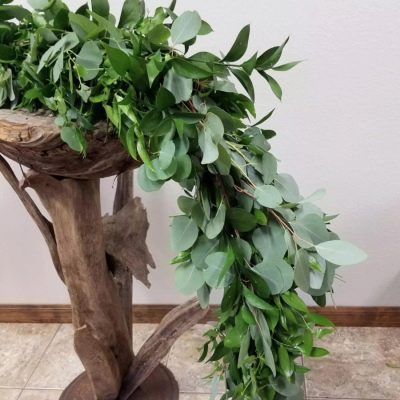













The comment was sent successfully.